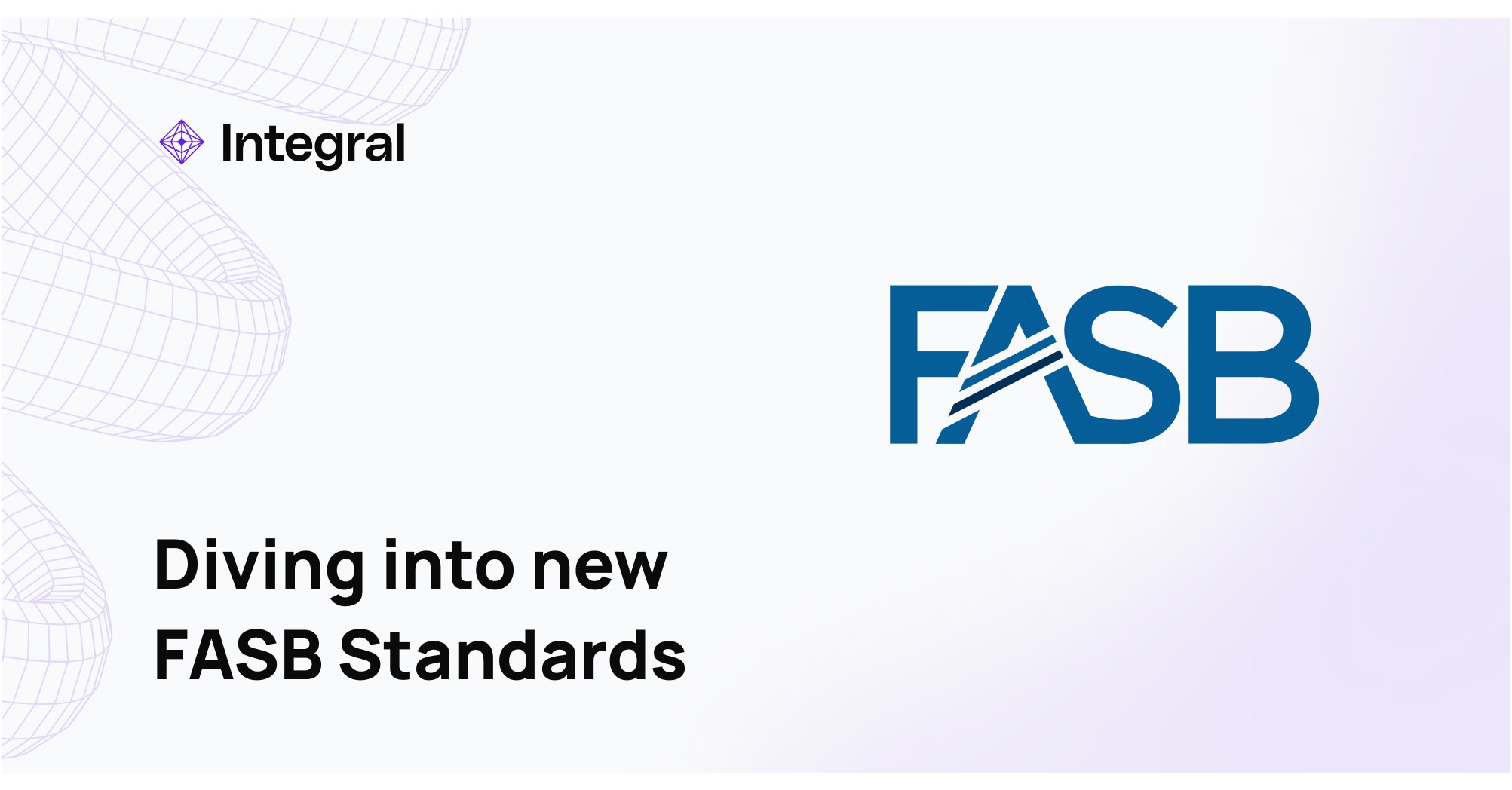Diving into the New FASB Standards
On September 6th, 2023, the Financial Accounting Standards Board (FASB) revised crypto asset accounting practices, effective December 14th, 2023, shifting from cost-based to fair value methods to improve transparency in the digital asset sector.
The Financial Accounting Standards Board (FASB) unveiled a crucial update in September 2023, focusing on the way crypto assets are accounted for. This major overhaul, which took effect on December 14th, 2023, requires the switch from the conventional cost-based accounting method to the fair value method for certain crypto assets. This adjustment aims to enhance transparency and consistency in the fast-developing sector of digital assets.
Which crypto assets are impacted?
The revised guidelines apply to crypto assets that meet ALL of the following criteria:
Assets identified as “intangible assets”
Do not provide the asset holder with enforceable rights to or claims on underlying goods, services, or other assets
Are created or reside on a distributed ledger based on blockchain or similar technology
Are secured through cryptography
Are fungible
Are not created or issued by the reporting entity or its related parties
Notably, some digital assets will continue to be valued as traditionally intangible assets:
Non-fungible tokens (NFTs)
Wrapped tokens
What should you do?
Making the transition to FASB (ASU 2023-08) is important. To do so:
Understand your Assets: Determine which of your Crypto Assets are affected by the new disclosure and which aren’t.
Look into your Current Practice: Review how crypto assets are currently accounted for in the financial statements. This involves understanding the existing carrying amount of these assets.
Determine a Fair Value: Calculate the fair value of each applicable crypto asset, at the beginning of the annual reporting period.
Adjust Retained Earnings: Record a journal entry to adjust the opening balance of retained earnings or other equity components according to Subtopic 350-60-65-1:
“b. An entity shall recognize the cumulative effect of initially applying the pending content that links to this paragraph as an adjustment to the opening balance of retained earnings (or other appropriate components of equity or net assets in the statement of financial position) as of the beginning of the annual reporting period in which the entity first applies the pending content that links to this paragraph."
"c. The adjustment to the opening balance of retained earnings (or other appropriate components of equity or net assets in the statement of financial position) shall be calculated as the difference between the carrying amount of crypto assets as of the end of the prior annual reporting period and the fair value of those crypto assets as of the beginning of the annual reporting period in which the entity first applies the pending content that links to this paragraph.”
Disclosure: Prepare adequate documentation and disclosures as required by the ASU, detailing the nature of the crypto assets, the basis for fair value measurement, and the impact of the transition on the financial statements.
The full FASB requirements are linked here for more details.
We're happy to help!
For help making this transition, our team and network of experts can help you navigate these changes. Our clients are able to easily categorize impacted assets in our crypto accounting software, and generate new compliant reports.
To learn more, book a meeting with our team today!





